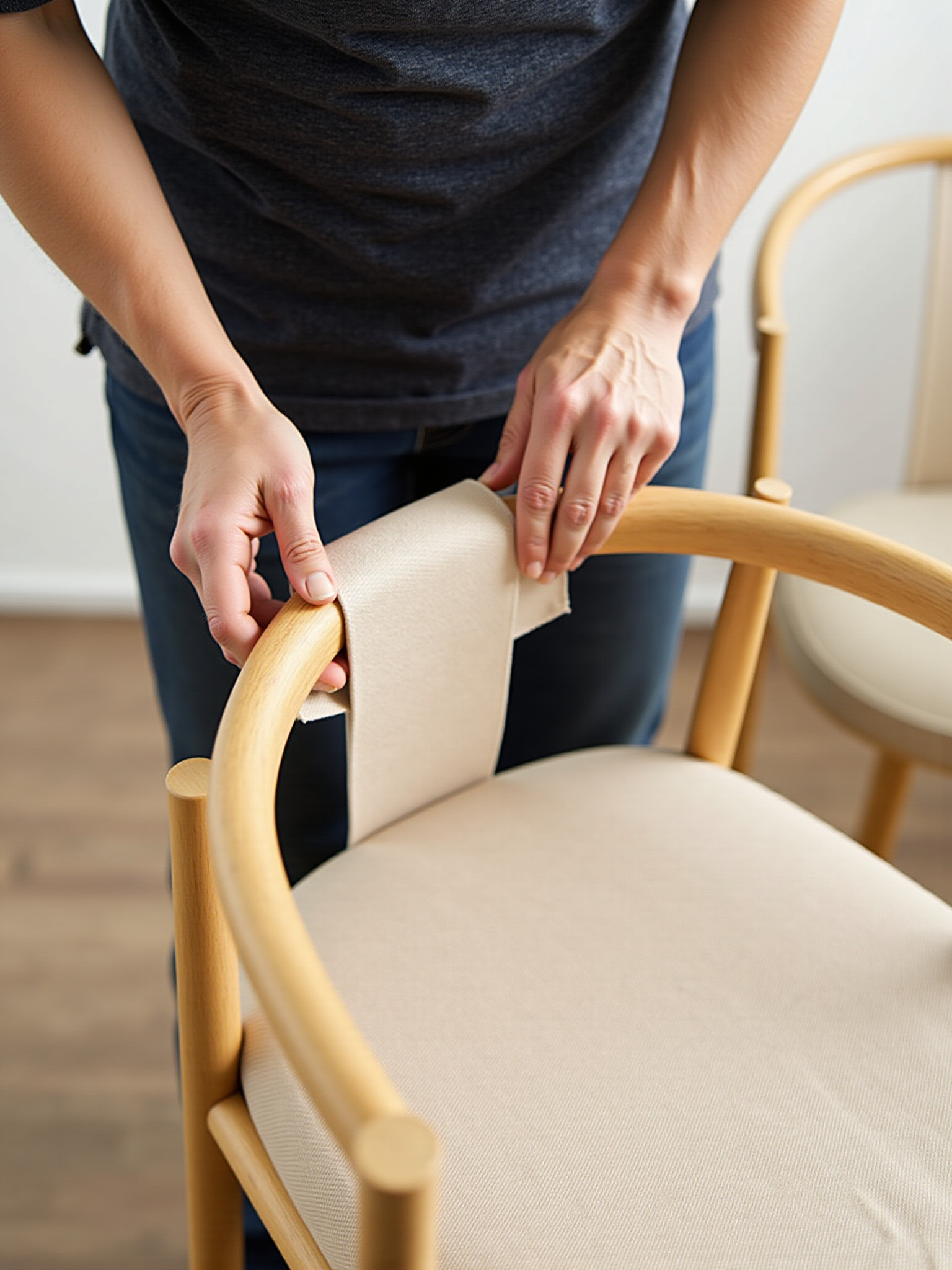Sustainability
Your furniture has stories - let’s help it tell a new one.
At Leaf Upholstery, we are dedicated to connecting eco-conscious customers with local upholsterers for sustainable furniture repair. Our mission is to provide affordable, high-quality reupholstering services while emphasizing environmental responsibility. Through our eco-friendly approach, we aim to reduce waste and promote sustainable living practices.

Our Mission
At Leaf Upholstery, our mission is to make eco-friendly furniture repair simple, affordable, and accessible for everyone. We connect homeowners and businesses with skilled local upholsterers, empowering them to restore their furniture sustainably while reducing waste. Through a seamless, tech-driven process and a focus on quality craftsmanship, we aim to transform the way people think about furniture—one restored piece at a time.
Our Vision
We envision a world where reupholstering is the first choice, not the last resort. By championing sustainable practices and supporting local artisans, Leaf Upholstery strives to lead the shift toward a greener, more thoughtful approach to furniture care. Our goal is to make high-quality, eco-friendly restoration the standard, helping communities reduce their environmental footprint while preserving the stories and beauty of their furniture.
.jpg)